This post may contain affiliate links. We may earn money or products from the highlighted keywords or companies or banners mentioned in this post.
UK
Garth Hill, Gwaelod-y-Garth, Cardiff
At 307 metres, Garth is classed as a “Marilyn” (a hill with a relative height of at least 150 metres), rather than a mountain, but it is special to me because my boyfriend proposed to me at the top in August. I said “Yes”! It was also made famous in the Hugh Grant film The Englishman Who Went Up a Hill But Came Down a Mountain in which one of my (now deceased) relatives had an acting role. You’ll have great views of Cardiff and out into the Bristol Channel on a clear day. There’s a great pub, the Gwaelod-y-Garth Inn, at the bottom too. There are various short walks up to the summit, but remember to wear walking boots, it’s often muddy.
Aran Fawddwy, Snowdonia national park, Wales

Photograph: Tori James
At 905 metres, Aran Fawddwy is the highest mountain in the Arans in south-eastern Snowdownia. If you time it right you might find that you’re the only person up there. It’s a hugely underrated mountain that offers fantastic views, so try and pick a cloud-free day (unlike the last time I went up when the top was shrouded in mist) and enjoy the rugged cliffs and lush valleys that this walk has to offer.
Ben MacDui, Cairngorms, Scotland
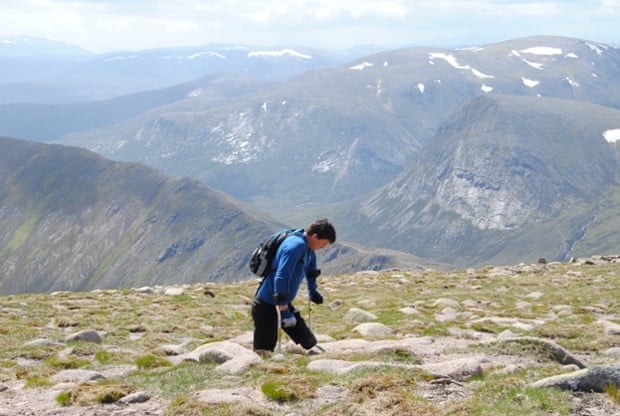
Photograph: Tori James
Ben MacDui – the second highest mountain in the UK at 1,309 metres – is in the heart of the Cairngorm mountains and offers magnificent views, with new peaks and valleys becoming visible at almost every step as you ascend the mountain. I first climbed Ben MacDui this June as part of the record-breaking Beeline Britain team. Witnessing my teammate Nick Beighton (pictured here), a double amputee, walk to the summit on his customised rubber stumps was the most inspirational outdoor achievement I have ever seen, reaffirming my belief that mountains can rejuvenate us all in different ways. Good fitness and navigational skills required.
EUROPE AND NORTH AFRICA
Swinica, Tatra Mountains, Poland
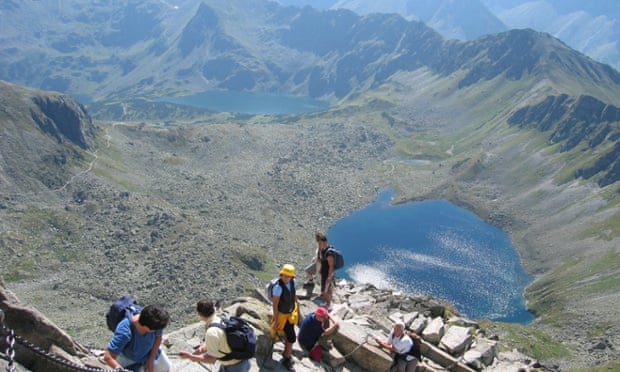
A popular skiing area in the winter, the Tatra mountains above the town of Zakopane, southern Poland, provide endless opportunities for a variety of signposted day hikes during the summer, taking in meadows of wild flowers and spectacular lakes. Swinica is the main peak on the Polish-Slovak border. It’s a steep climb, with some people opting for the cable car to reach the 1,987-metre Kasprowy Wierch. Ascending from here to the summit at 2,301 metres takes approximately three hours on a well-worn ridge line, before using steel chains to help you climb exposed sections of rocky crag to its summit.
Monte Bronzone, Lake Lugano, Italy
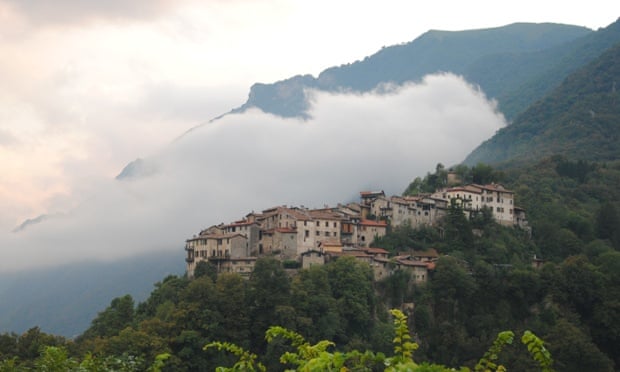
Photograph: Tori James
Tucked into the forested hillside above Lake Lugano are a number of ancient villages with a multitude of trails which will lead you high into the mountains. From the village of Dasio it’s possible to reach the 1,434-metre summit of Monte Bronzone. This high point offers breathtaking views of Lake Lugano and the car-free Castello village, but spend a few days here and you will also discover impressive waterfalls, enormous caves, remote farmsteads and some interesting wildlife. I visited in August and didn’t see another hiker.
Jebel Toubkal, Atlas Mountains, Morocco
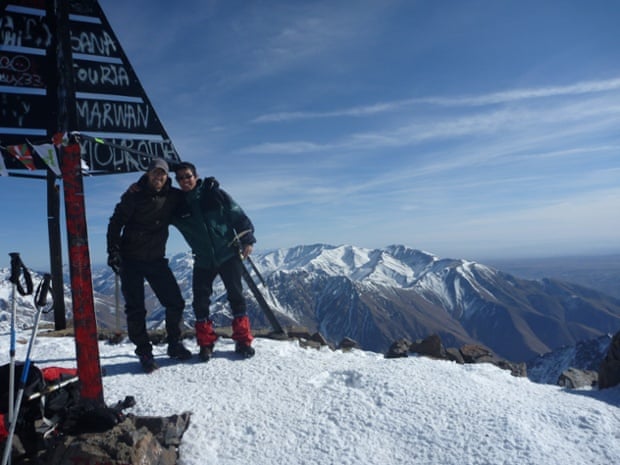
At 4,167 metres, Jebel Toubkal is the highest mountain in north Africa, recognisable by the pyramidal structure fixed to its summit. From the small village of Imlil, trekkers ascend to the Toubkal Refuge for an overnight stay before making their way to the summit early the next morning. In summer it’s a rocky, dusty and challenging walk to the top over loose scree, rocks and boulders. Take your time and drink plenty of water – the heat and altitude can make it challenging. On completion, refuel with a delicious Berber tagine and cup of mint tea.
FURTHER AFIELD
Kala Patthar, Khumbu Valley, Nepal

Photograph: Kristy Durbridge/Alamy
Kala Patthar offers the best views of Mount Everest for trekkers in the Khumbu Valley. This 5,600-metre peak is normally included as part of the highly popular Everest Base Camp trek, which takes approximately 15 days. The route to the summit of Kala Patthar is steep and loose with lots of switchbacks, but you won’t be disappointed when you reach the top. From here the summit of Mount Everest looks beyond the reach of any human being and for me it was the point in my expedition when I doubted my ability to do it. Remember to drink plenty and don’t ignore the symptoms of AMS (Acute Mountain Sickness) such as headaches and nausea.
Half Dome, Yosemite national park, California, US
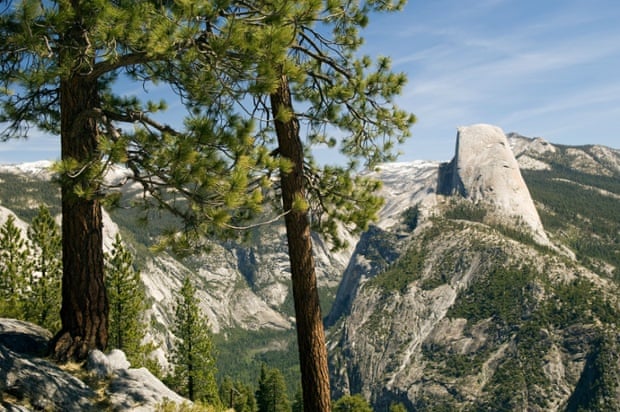
Photograph: Alamy
Half Dome is a striking mass of granite rock situated in one of the world’s greatest climbing areas. Hikers are able to reach the summit of this 2,694-metre giant via steep granite steps and using steel cables. The 16-mile trail runs alongside spectacular waterfalls and majestic forests. The height gain creates a long, steep and extremely challenging hike which can take up to 12 hours and should only be attempted by those who are physically fit and with a head for heights. Permits are required and are gained through a lottery application due to its popularity.
Mount Meru, Arusha national park, Tanzania
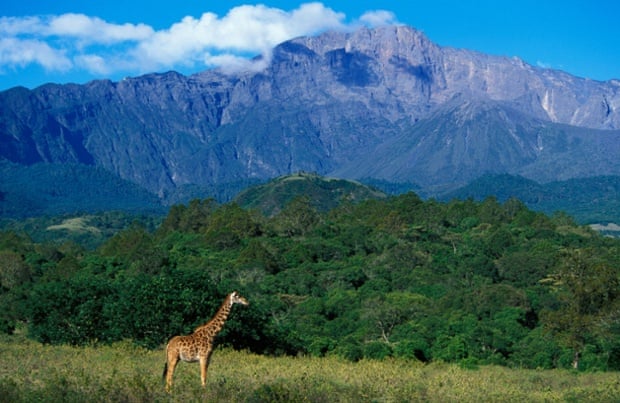
Photograph: Alamy
Mount Meru lies to the west of Kilimanjaro and is the second-highest mountain in Tanzania and fifth-highest in Africa, standing at 4,566 metres. It offers a great “warm-up” if you’re planning to climb Kilimanjaro, or a shorter and less busy option if you have limited time. The highlight of this mountain is the opportunity to spot wildlife on its lower slopes, including water buffalo, giraffe, warthog and dik-dik. You will need an armed ranger to accompany you and accommodation is in wooden huts.
Stony Bay Peak, Akaroa, New Zealand
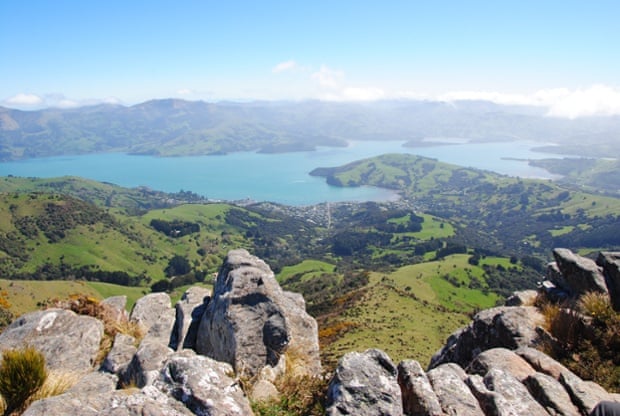
Photograph: Tori James
From the beautiful seaside town of Akaroa, on New Zealand’s South Island, it’s possible to do a circular, sign-posted route to the summit of Stony Bay Peak (806 metres) and back again. You’ll be rewarded with panoramic views of the Banks Peninsula’s bright blue bay and the Hinewai conservation area. Look out for the Australian magpies which occasionally take a liking to shiny belongings. The climb should take around five hours for those with moderate fitness.
Tori James is a member of the Beeline Britain team that completed a record-breaking journey from Land’s End to John O’Groats in a straight line this June. The documentary As The Crow Flies, which records their adventure, will be showing throughout the Kendal Mountain Festival in Cumbria from 20-23 November. There will also be a screening at the Royal Geographical Society in London at 7pm on Friday 28 November.
Powered by WPeMatico











